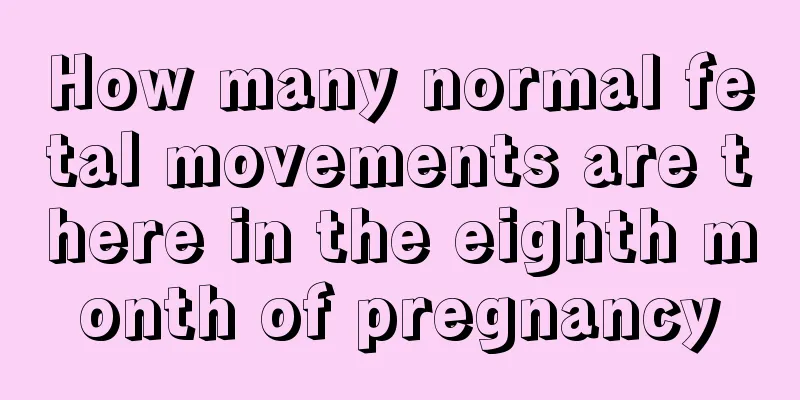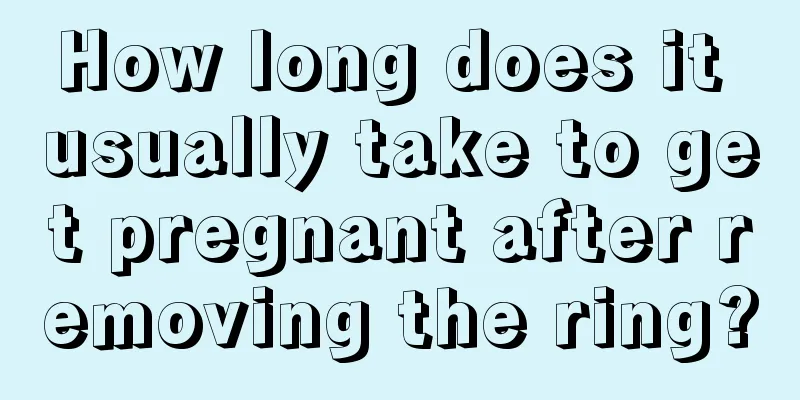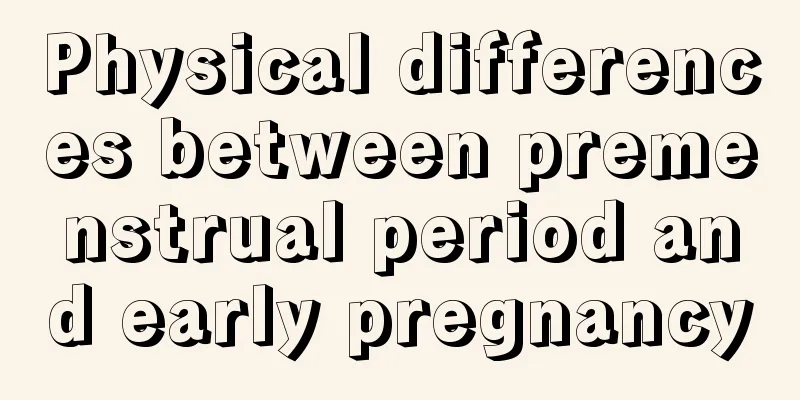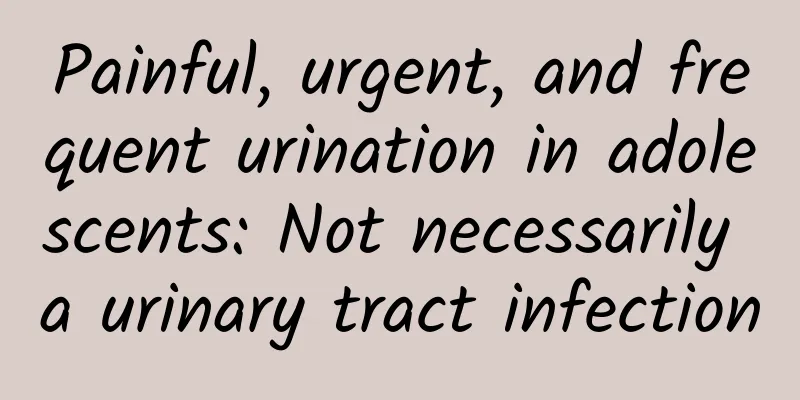How many days of safe period after menstruation

|
Normal women of childbearing age have a menstrual period every month. The period from the beginning of this menstruation to the first day of the next menstruation is physiologically called a menstrual cycle. However, menstruation can be divided into three cycles, namely, the menstrual period, ovulation period and safe period; sexual intercourse during the safe period generally rarely leads to conception, so this was also one of the methods used to avoid conception. However, many people are still not quite clear about when their safe period is. How many days of safe period are there after menstruation? Let’s learn more about it. How many days after menstruation is the safe period: The period from the beginning of this menstruation to the first day of the next menstruation is called a menstrual cycle. A woman's ovulation date is generally about 14 days before the next menstrual period. The safe period is divided into the safe period before ovulation and the safe period after ovulation. The period from the last day of menstruation to the day before ovulation is the safe period before ovulation, and the period from the first day after ovulation to the day before the next menstrual cramps is the safe period after ovulation. The period from the end of menstruation to the day before ovulation is the safe period before ovulation. From the first day after the end of ovulation to the day before the next menstrual cramps is the safe period after ovulation. The safe period after ovulation is safer than the safe period before ovulation. This is because some women are sometimes affected by environmental changes and mood swings, which affect ovulation in advance, so the safe period before ovulation will be shortened. Calculation method of safe period: 1: First calculate the date of the next menstrual period, then calculate the ovulation date, and then determine the safe period. For a woman with a very regular menstrual cycle, it is easy to calculate the date of her next menstrual period. The ovulation date is 14 days before the next menstrual period, but it is also normal to ovulate within two days before or after the ovulation date (14±2). The 5 days before and 4 days after ovulation are the fertile period. The days other than the fertile period and menstrual period are the safe period. The advantage of the safe period contraceptive method is that it does not use any contraceptive devices or surgery. It just chooses to have sexual intercourse during the safe period. There are no side effects of contraceptive devices and concerns about surgery, and it is in line with the natural state of the human body. 2: The calculation method is to count from the first day of the next menstrual period, and count down 14 days or subtract 14 days to get the ovulation day. The ovulation day and the 5 days before and 4 days after the ovulation day are called the ovulation period. This is the theoretical basis of the rhythm method of contraception. For example, a woman's menstrual cycle is 28 days, and the first day of this menstruation is December 2nd. Then the next menstruation will be on December 30th (December 2nd plus 28 days). Subtract 14 days from December 30th, and December 16th is the ovulation day. The ovulation day and the 5 days before and 4 days after it, that is, December 11-20, is the ovulation period. It is important to emphasize that except for the menstrual period and ovulation period, the rest of the time is a safe period. What should you pay attention to during safe period contraception: (1) Many diseases can change a woman’s ovulation time, such as endocrine diseases, kidney diseases, etc. If you use the "safe period" contraception during this period, it can often lead to contraceptive failure. (2) Having sex during menstruation generally does not lead to pregnancy, but there is a possibility of accidental ovulation, and having sex during menstruation is prone to infection, which has more harm than good. (3) If a woman is in menopause and still has a small amount of vaginal bleeding, she should not have sex until the fourth day after the bleeding stops, because this bleeding may be caused by ovulation. |
<<: Can I drink alcohol during my period?
>>: What to do if you have appendicitis pain during early pregnancy
Recommend
How long after sex can I use a pregnancy test stick
Generally speaking, women who do not wish to beco...
How can we use the simple and easy fasting weight loss method that allows us to eat and drink as much as we want without harming our health?
Author: Wu Jia (registered dietitian), Fan Zhihon...
Alphabet: The epidemic has caused Google's parent company to increase users but not advertising revenue
Impact of COVID-19 on product usage After the out...
Does it hurt to take oxytocin?
Nowadays, there are several ways for women to giv...
How to relieve period pain
Many women are born with dysmenorrhea, so they of...
Will eating in the cafeteria spread the new coronavirus? How to protect yourself when eating in the company cafeteria during the epidemic?
We all know that the new coronavirus is a relativ...
How to regulate female hormones
Many girls experience irregular menstruation, flu...
Is a 10 cm uterine fibroid serious?
For women, the uterus is an important organ for c...
What to do when a bug or seed falls into your ear
Many citizens like to go out and get close to nat...
Where should women with excessive dampness be moxibustioned? How can we tell how much dampness has been discharged after moxibustion?
During the process of moxibustion, under the acti...
How much weight can you lose in 7 days during the golden period of weight loss after menstruation
Women's menstrual period refers to the physio...
Canalys: Xiaomi's smartphone shipments in Q2 2021 reached 53.1 million units, surpassing Apple to become the world's second largest
In mid-July, market research company Canalys rele...
Caught off guard? Remember these points and be the guardian of your brain!
This is the 4957th article of Da Yi Xiao Hu We al...
Will drinking tea affect iron absorption in children? Is drinking tea good for children's health?
There are claims online that drinking tea will af...


![[Medical Q&A] What does it mean to quit smoking successfully?](/upload/images/67f105ee81ab8.webp)






